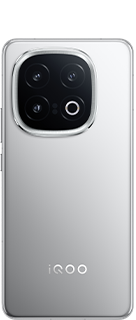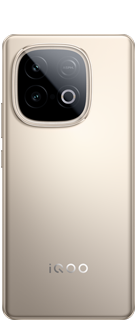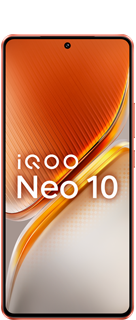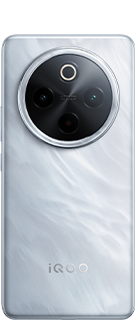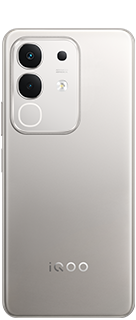The Hidden Glow: Berlin's Rosenthaler Platz and Its Radioactive Secret

Berlin is a city steeped in layers of history - from its brutalist architecture and underground clubs to the ghosts of two world wars and a divided Cold War cityscape. But hidden beneath the everyday hustle of commuters is an extraordinary and little-known fact: Rosenthaler Platz, one of Berlin's U-Bahn stations, is subtly radioactive.
Yes, you read that right. One of Berlin's central metro stations is laced with uranium - and it's not part of a science fiction plot, but a curious quirk of post-war architectural history.
A Brief History of Rosenthaler Platz
Rosenthaler Platz lies on the U8 line of the Berlin U-Bahn, opened in 1930 as part of the northern extension of the line. Like many stations on the U-Bahn network, it features bold colors and Art Deco-inspired design. But it's the bright orange tiles lining the walls that make it stand out - not just visually, but geologically.
The Uranium Tiles: How Did They Get There?

The orange tiles at Rosenthaler Platz were manufactured during the GDR era, a time when East Germany sourced many of its industrial materials locally. In their pursuit of durable, vividly colored ceramics, East German tile manufacturers used uranium oxide - a waste product from uranium mining to create a rich orange glaze.
Unknown to many Berliners (and even some transit authorities), this decorative decision means that parts of the station emit low levels of radiation.
Note: The radiation levels are extremely low — well below hazardous levels — and pose no danger to passengers or workers.

Why Uranium in Tiles?
In the mid-20th century, uranium compounds were widely used in the ceramics industry, especially for their vibrant colors. Uranium oxide was used in:
- Fiestaware dishes in the U.S.
- Colored glassware
- Ceramic bathroom and subway tiles
In East Germany, the now-defunct Wismut uranium mining operation supplied uranium for both nuclear programs and industrial use, including ceramic tiles. The orange tiles at Rosenthaler Platz are one such legacy of that era.
A Living Artifact of the Atomic Age
Today, Rosenthaler Platz stands as more than just a metro stop - it's a living artifact of Berlin's Cold War past, subtly humming with the echoes of an atomic age. Urban explorers, architecture buffs, and history nerds might find themselves fascinated by how something as mundane as a subway wall can hold such a strange, glowing backstory.
It's a testament to Berlin's layered identity - where even the tiles on the wall are part of a story that spans geopolitics, science, and design.
Final Thoughts: Should You Be Worried?
Not at all. The uranium glaze emits only trace amounts of radiation - comparable to what you might experience flying at high altitudes or living in areas with naturally occurring radon. The station is perfectly safe for commuters.
But next time you're transferring trains or waiting for your ride at Rosenthaler Platz, take a moment to look around. That warm orange glow isn't just good design - it's a glowing nod to Berlin's atomic legacy.
Let me know your thoughts about the Rosenthaler Platz in the comments.
Signing off
iQOO Moderator
Please sign in
Login and share




